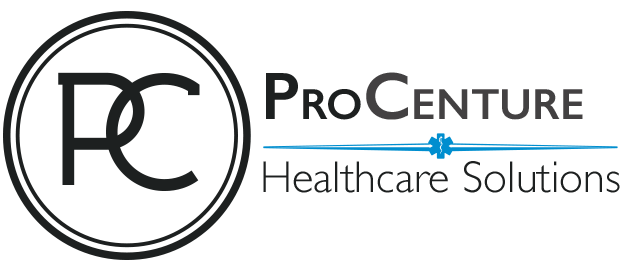You’ve probably seen first-hand or have heard from your colleagues how patients who don’t receive adequate levels of after care services can often wind up relapsing and/or need to be readmitted.
If the majority of your patients are typically treated in your office today perhaps requiring a follow-up office visit, you might be unfamiliar with longer term forms of health care and how professionals manage those types of patients.
Of course, patients requiring intense follow-up care exist, and in large numbers. In fact, that’s what gave rise to the transitional care management (TCM) concept and the CMS initiative on it.
TCM is designed for primary care doctors and specialists as well as non-qualifying medical practitioners for the care they provide to patients who have been discharged from hospitals or other facilities or institutions as qualified by CMS.
The essence of TCM is that a health care provider takes charge of the patient’s care from the instant he or she has been discharged. Transitional care management is designed to last 30 days. It involves a medical professional engaging in one face-to-face visit with the patient and then additional non face-to-face meetings (such as by telephone or a video call, as is the case with telemedicine).
The idea here is to ensure there are no gaps in patient care. Qualifying cases for transitional care management must be rated as needing either “moderate decision making” or “high complexity decision making” to meet the patient’s minimum needs after release from the hospital or other institution.
And by supporting the “no gaps — stay in touch” premise, the result is projected to be fewer readmissions and relapses and billions of dollars in reduced costs for healthcare delivery.
Article written by Christina Rosario
https://www.adsc.com


Leave a Comment